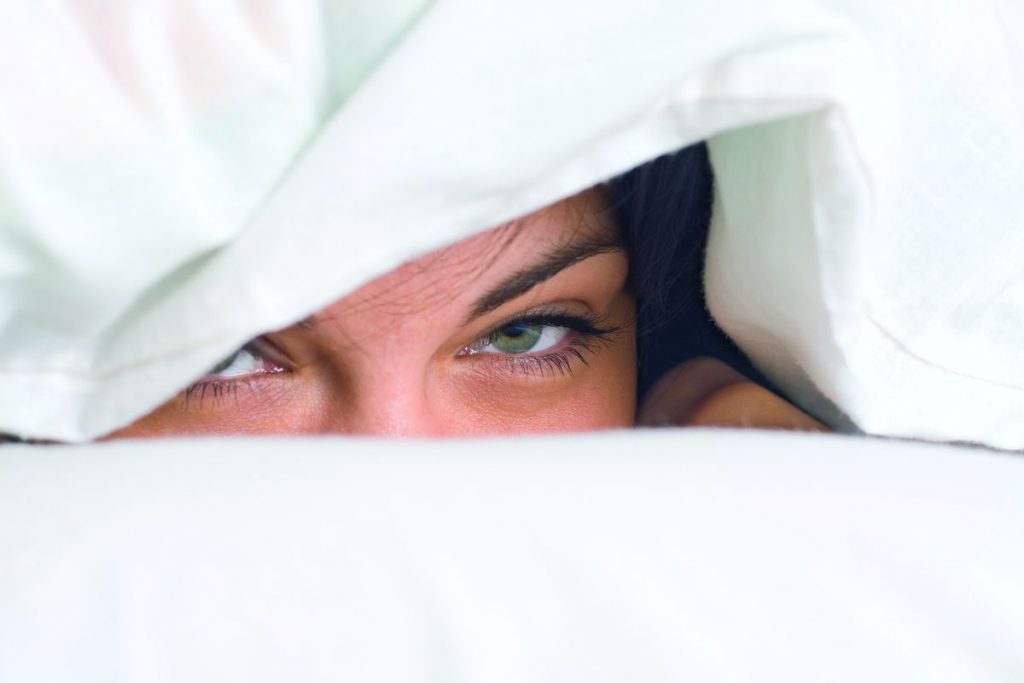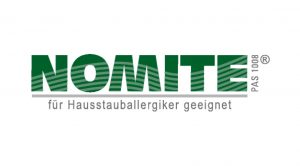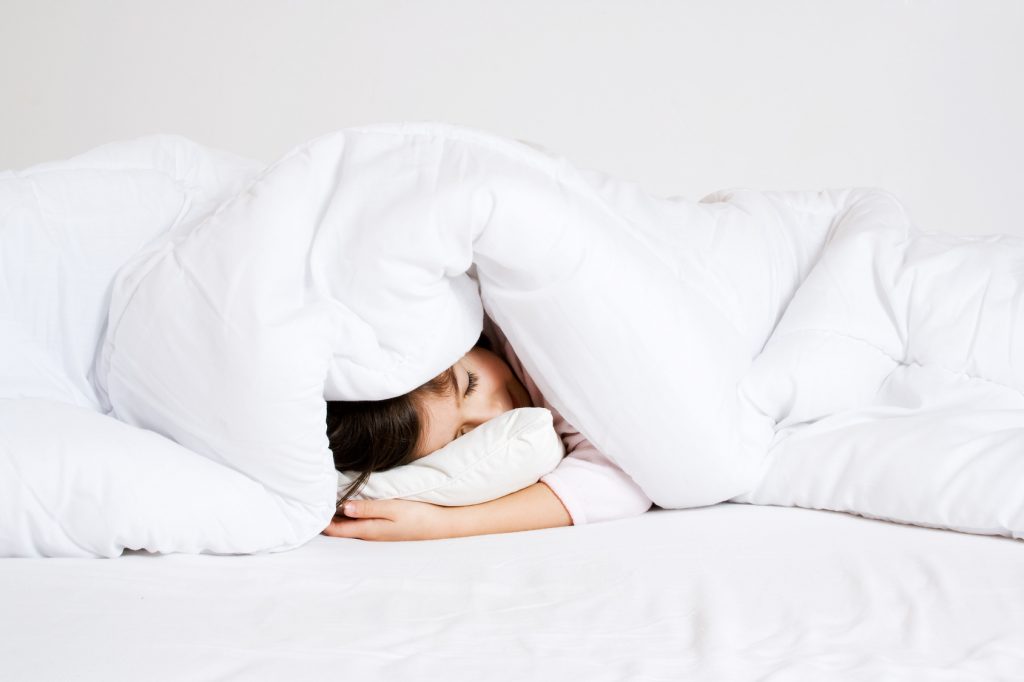Daunasan® / Downafresh® / Downafresh®greenline

Dieses Foto zeigt die handgeschriebene Waschanleitung des damaligen Mitarbeiters, der für die Wäscherei zuständig war. Sie ist schon viele Jahrzehnte alt…
Heute erfolgt das Waschen und die Weiterbearbeitung unserer Rohware streng nach DIN EN 12935 und den Anforderungen, die an die Hygiene von Federn und Daunen als Füllmaterial gestellt werden.
Unsere Bettwaren sind mit dem Siegel von Downafresh® und Daunasan® versehen. Dies dokumentiert, dass die als Füllmaterial verwendeten Federn und Daunen der DIN EN 12935 entsprechen.
Darüber hinaus zeichnet Downafresh® greenLine Füllungen der damit gekennzeichneten Bettwaren aus, die nach ökologischen Kriterien bearbeitet wurden. Dabei dürfen nur Waschmittel verwendet werden, die die Umwelt schonen und die Natürlichkeit des Füllmaterials erhalten.
Unsere Daunen und Federn werden ca. eine Stunde lang in 6 bis 8 Spülgängen gewaschen. Anschließend werden sie bei über 130 °C getrocknet; dabei werden auch die Erreger wie z. B. der Vogelgrippe zuverlässig abgetötet.







